Call For Proposals
“Transing Cinema and Media Studies”
Journal of Cinema and Media Studies In Focus Section
Edited by Cáel M. Keegan (Grand Valley State University, he/him)
and Laura Horak (Carleton University, she/her)
In a recent JCMS In Focus on “Cripping Cinema and Media Studies” (2019) Elizabeth Elcessor and Bill Kirkpatrick persuasively argue that centering a disability perspective in cinema and media studies means far more than looking for “the cripple in the text.” Rather, it is about “decentering the physically and cognitively “normal” character, the “normal” viewer, the “normal” producer, and so on” (140). This critical attention to how the dynamics of power and normalization construct not only the content, but also the form, reception, and production of media texts has profound implications for every aspect of cinema and media studies.
Inspired by Elcessor and Kirkpatrick’s call to approach cinema and media studies through the lenses of disability and able-bodiedness, we ask: What happens to cinema and media studies when we center trans, Two Spirit, nonbinary, intersex, and gender-nonconforming people, perspectives, and cultural production? What becomes possible when we bring theoretical, historical, and aesthetic approaches from the burgeoning interdisciplinary field of transgender studies to cinema and media studies?
When we survey cinema and media scholarship approaching “trans” topics, we notice a number of patterns that sometimes limit the inquiry taking place at this intersection:
Media scholars write about transgender cinema and media without engaging work by transgender scholars or from the field of transgender studies. A few articles or book chapters (e.g. Jack Halberstam’s “transgender look”) therefore become the authority on all of trans cinema and media studies.
A handful of well-known and primarily cisgender-authored works [e.g. The Crying Game (1992), Boys Don?t Cry (1999), Transparent (2014-19), and, most recently, Pose (2018-)] stand in for ?transgender cinema and media? writ large. This narrow framing overlooks thousands of media texts made by transgender filmmakers as well as more interesting and less familiar works by cisgender cinema/media producers.
Media scholars reproduce a critically flat “representations of” approach that is chiefly interested in identifying “good” and “bad” representations of transgender identities. Scholars using this framing then spend more time criticizing stereotypes in mainstream media than discovering or elevating alternatives. Similarly, scholars assume that older cinema and media texts have nothing to offer critically because they contain “negative” representations.
Scholars celebrate more and “better” transgender representations in mainstream media without considering the intersectional limits and risks of visibility for actual transgender bodies, as explored in trans filmmaker Sam Feder’s conversation with Alex Juhasz in Jump Cut, “Does Visibility Equal Progress?” (2016); South Atlantic Quarterly’s 2017 special section, “Unrecognizable: On Trans Recognition in 2017”; and the anthology Trap Door: Trans Cultural Production and the Politics of Visibility (2017).
Scholars treat “queer” theories and methods as if they are sufficient for understanding transgender phenomena without considering critical differences between these approaches, key divergences in the theoretical assessment of sexuality vs. gender, or the historical tensions between gay/lesbian and transgender politics.
In general, scholars treat instances of transgender as if a singular theoretical or analytic approach will apply, when in reality “trans” is a complex and intersectional set of phenomena.
For this In Focus, we are seeking short essays that describe visions and versions of what a cinema and media studies informed by transgender studies – and more broadly, by the experiences and insights of trans people and scholars – could be. What does transgender studies mean for the field of cinema and media studies? What are the vital differences between queer and trans methods and modes of critique? What are the key transgender studies texts that should inform a new era of media scholarship? What could a genuinely trans cinema and media studies be and do? And, why is such a trans cinema and media studies important to practice now?
Final contributions will be 2,500-3,000 words. We are interested in a variety of styles, ranging from personal essays to case studies, manifestos, or example research projects. Contributors may be scholars of any level, from undergraduate students through full professors, including film- and media-makers. Black, Indigenous, and people-of-color contributors are especially encouraged to submit.
Please send a 150-word abstract and 100-word bio to keeganc@gvsu.edu and laura.horak@carleton.ca by February 31, 2020.
We are also happy to answer any questions.
Deadline for abstracts: February 29, 2020.
Deadline for full contribution: November 31, 2020.
Projected publication date: Winter 2022.


